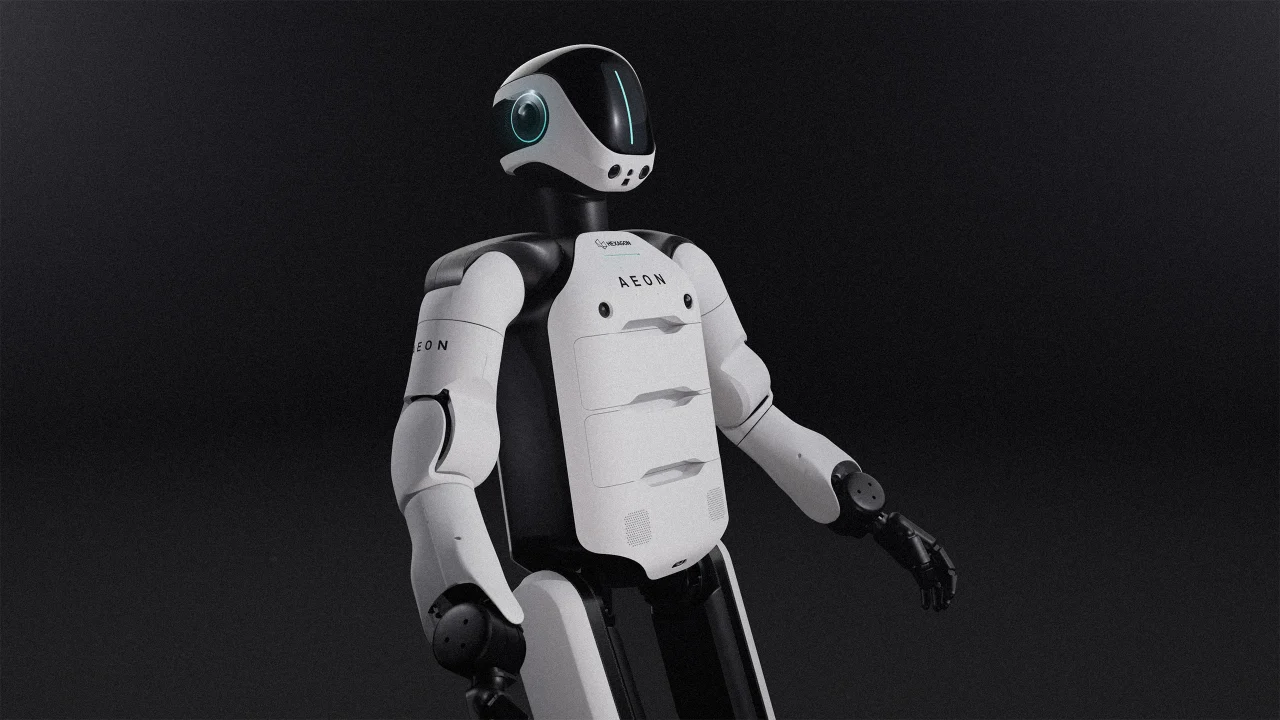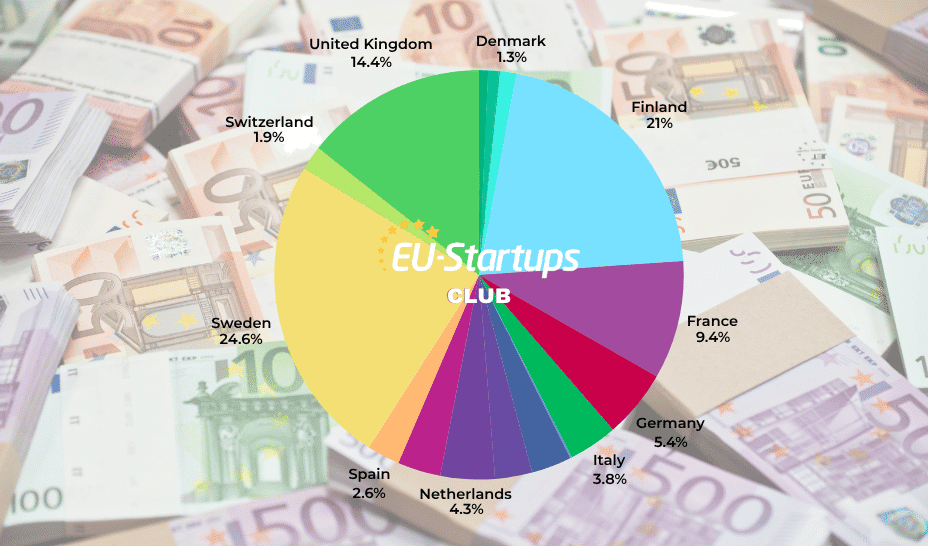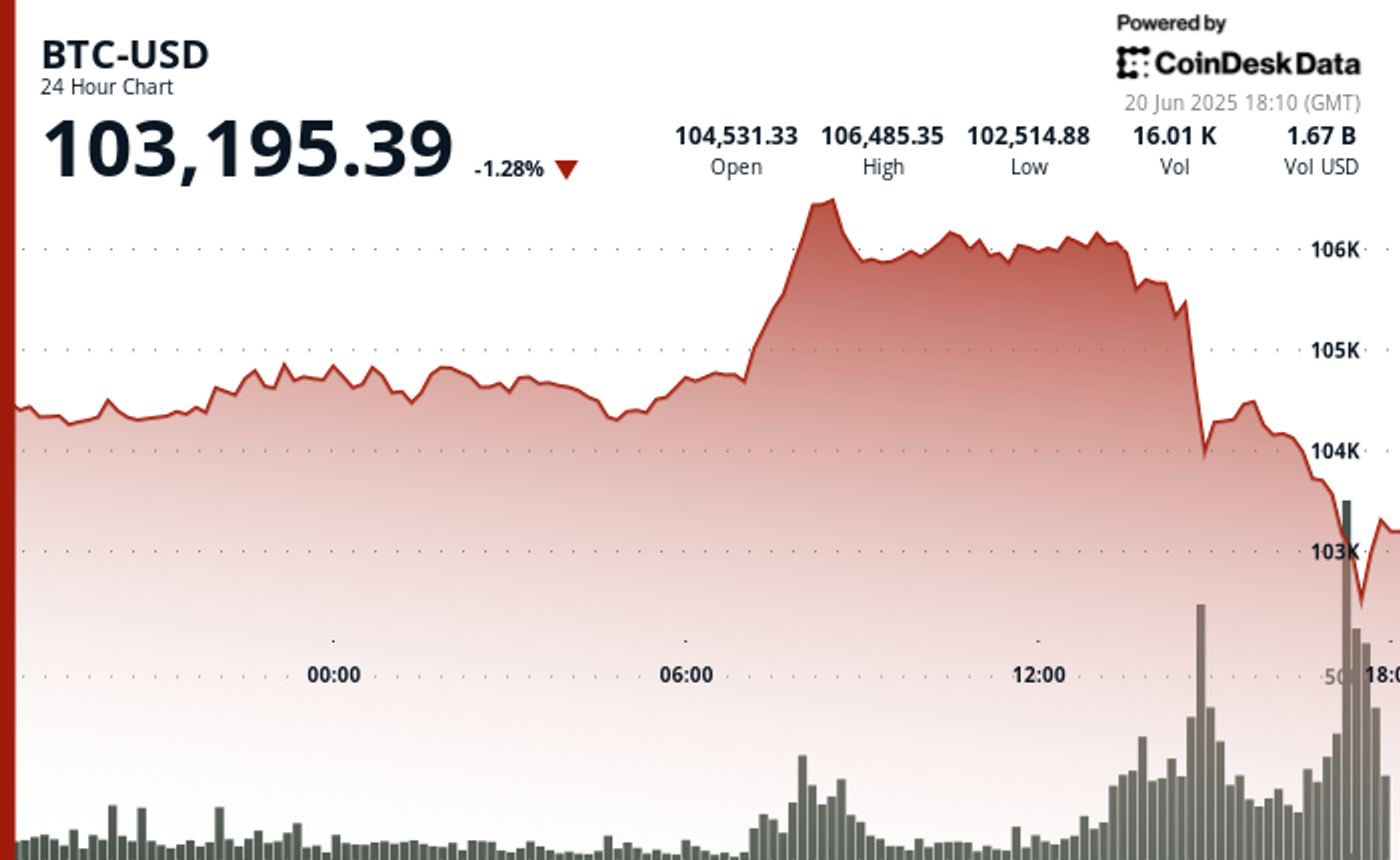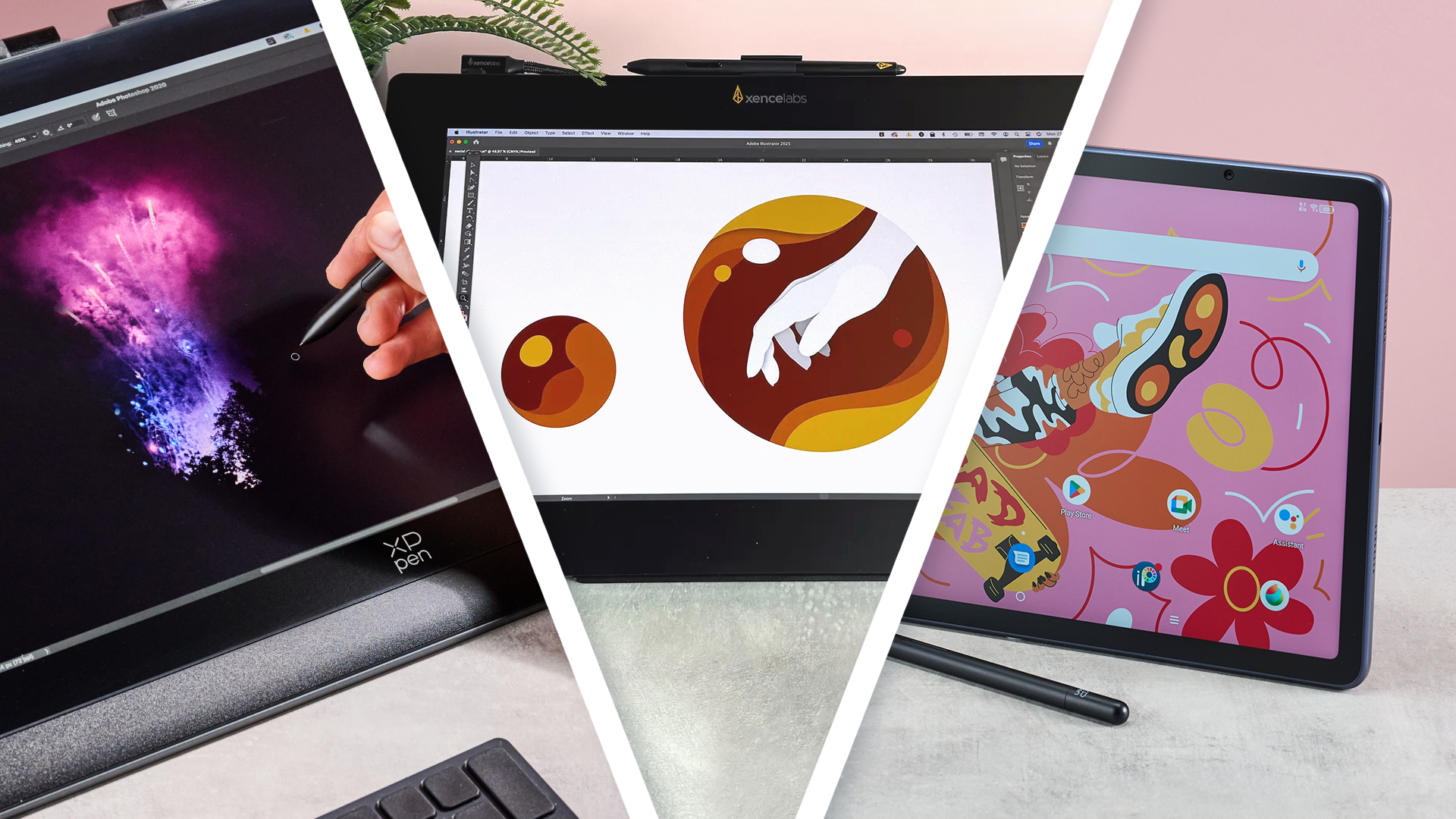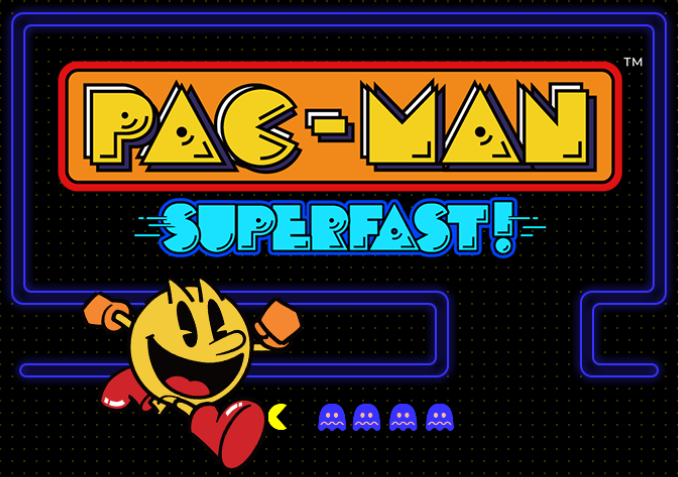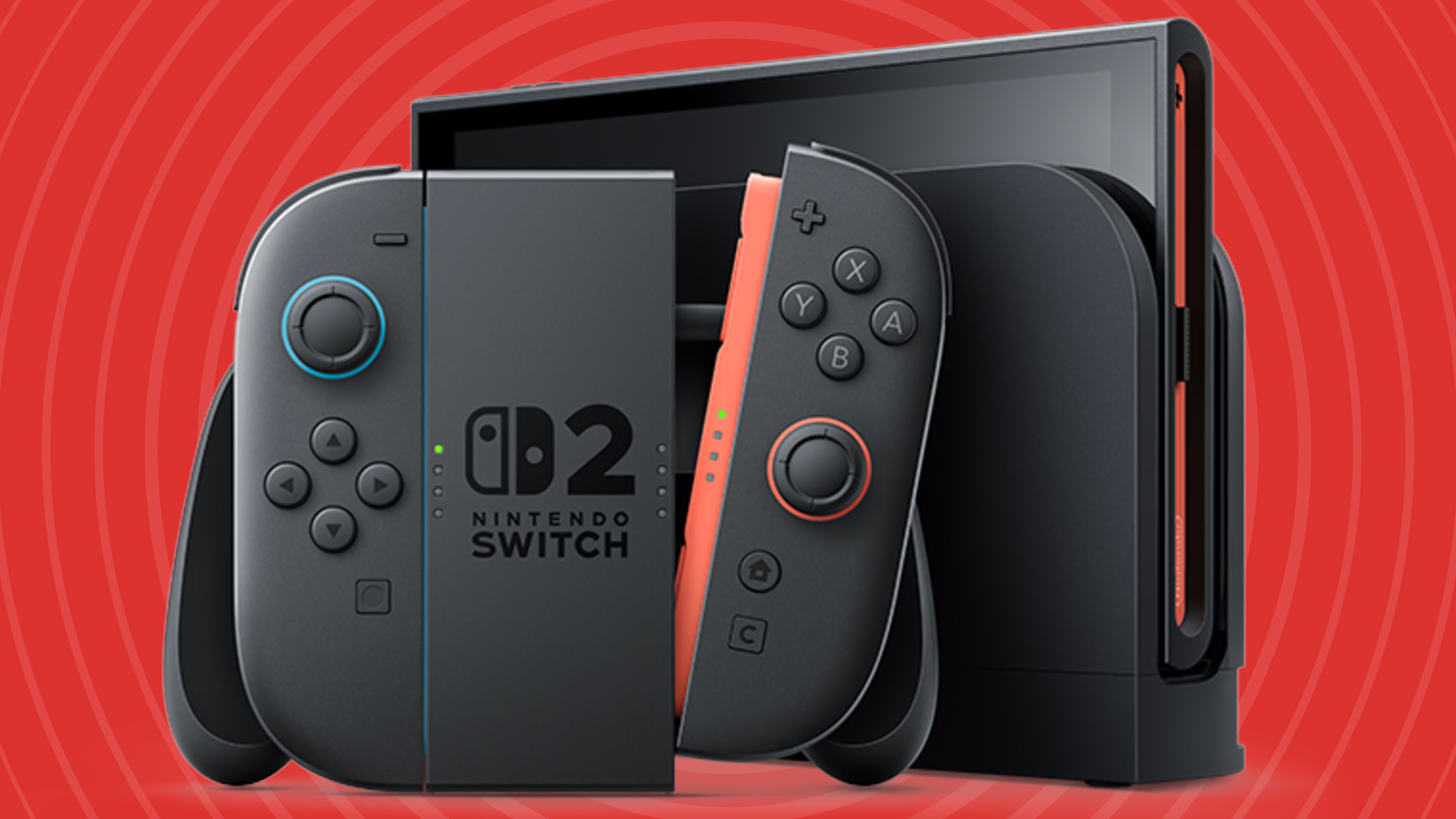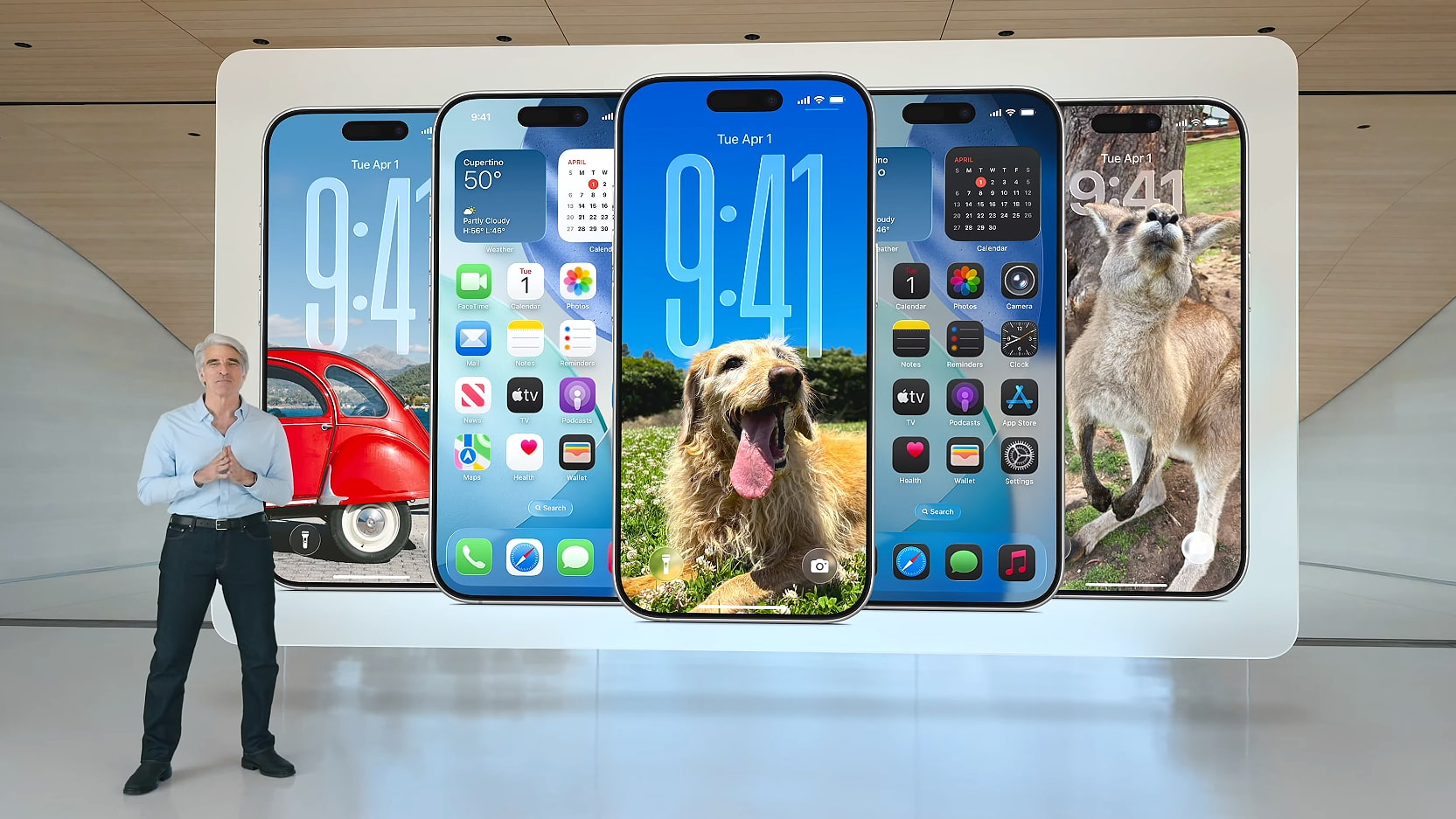Apple quietly just unveiled a new spatial audio format that expands on Dolby Atmos, and that could rival Google and Samsung's Eclipsa Audio
Apple has quietly launched a new spatial audio format called ASAF – but its appeal may be limited

- ASAF offers Dolby Atmos-style spatial audio, with more effects
- Available for all Apple platforms bar watchOS
- Focused primarily on Vision Pro
Apple has introduced a new format for head-tracking spatial audio: ASAF. Apple Spatial Audio Format promises "truly immersive audio experiences" and was unveiled quietly at last week's WWDC 2025 event – not in the keynote, but in a session for app developers.
As FlatpanelsHD explains, there are two components here: ASAF, which is used in audio and video production to position audio elements in a three-dimensional space, and APAC (Apple Positional Audio Codec), which is the codec that's used to deliver it.
If you're thinking "not another audio format" you're not alone: Samsung and Google are promoting Eclipsa Audio as a Dolby Atmos rival, too.
However, Apple's both is and isn't a Dolby Atmos rival – FlatpanelsHD reports that Dolby Atmos can be delivered within Apple's new format, which is then able to add some additional spatial audio tricks on top of it. So this appears to be less about replacing Atmos than expanding… though providing an alternative could be a big part of Apple's plan.
What does ASAF mean for the future of audio?
That's a very good question, because at the moment ASAF is for Apple devices: tvOS, iOS, iPadOS, macOS and visionOS. The iPhone 16 able to be used to capture ASAF audio, and that ease of capture is probably something to pay attention to.
Initially, according to Apple's presentation, it looks like the focus – pun very much intended – is on the visionOS headset. Apple has mandated the use of APAC with all Immersive Video titles, although the codec can be used as a container for Dolby Atmos data instead of ASAF if the creator is already using that format.
The idea with ASAF's extra 3D skills are that they can alter the spatial sound not just based on your own head tracking and positioning, but also based on the virtual environment you're in, changing elements such as the volume and reverb to make the sound seem like it matches the world you're in. So you can see why it goes beyond Dolby Atmos, which just assume you're sitting still in the center of a virtual theater.
However, a further appeal here may not be technical; it may be financial. Dolby Atmos requires royalty payments from producers, and Samsung told us that one of the goals of Eclipsa Audio was in part to ensure that smaller-scale content creators could create and deliver spatial audio videos easily as well.
Apple may be able to offer a similar approach: where previously it kept its formats proprietary, it's become more open in recent years and its Apple Lossless Audio Codec dropped its royalty scheme back in 2011. ASAF can apparently be created using industry-standard software and plugins.
The APAC codec reportedly works at bitrates as low as 64kbps and maxes out at 768kbps, which may seem low, is the same maximum bitrate that Apple, Netflix and others use to stream Dolby Atmos at the moment, so it'll match current quality standards.




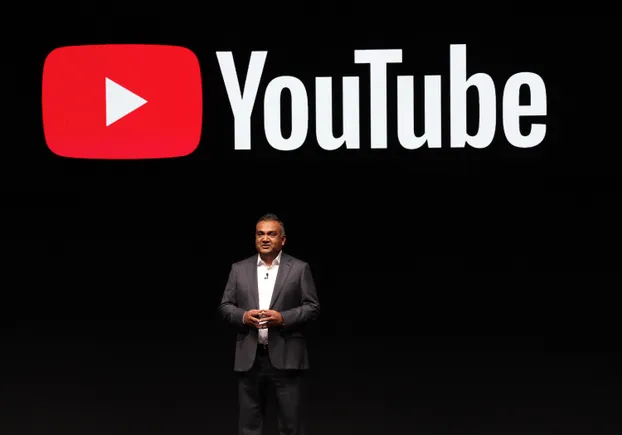
![The Largest Communities on Reddit [Infographic]](https://imgproxy.divecdn.com/vfTS-YsC_ZrqM6F4tAXJgV6qj3gCHSsf2dvHufDbrrQ/g:ce/rs:fit:770:435/Z3M6Ly9kaXZlc2l0ZS1zdG9yYWdlL2RpdmVpbWFnZS9sYXJnZXN0X3JlZGRpdF9jb21tdW5pdGllczIucG5n.webp)











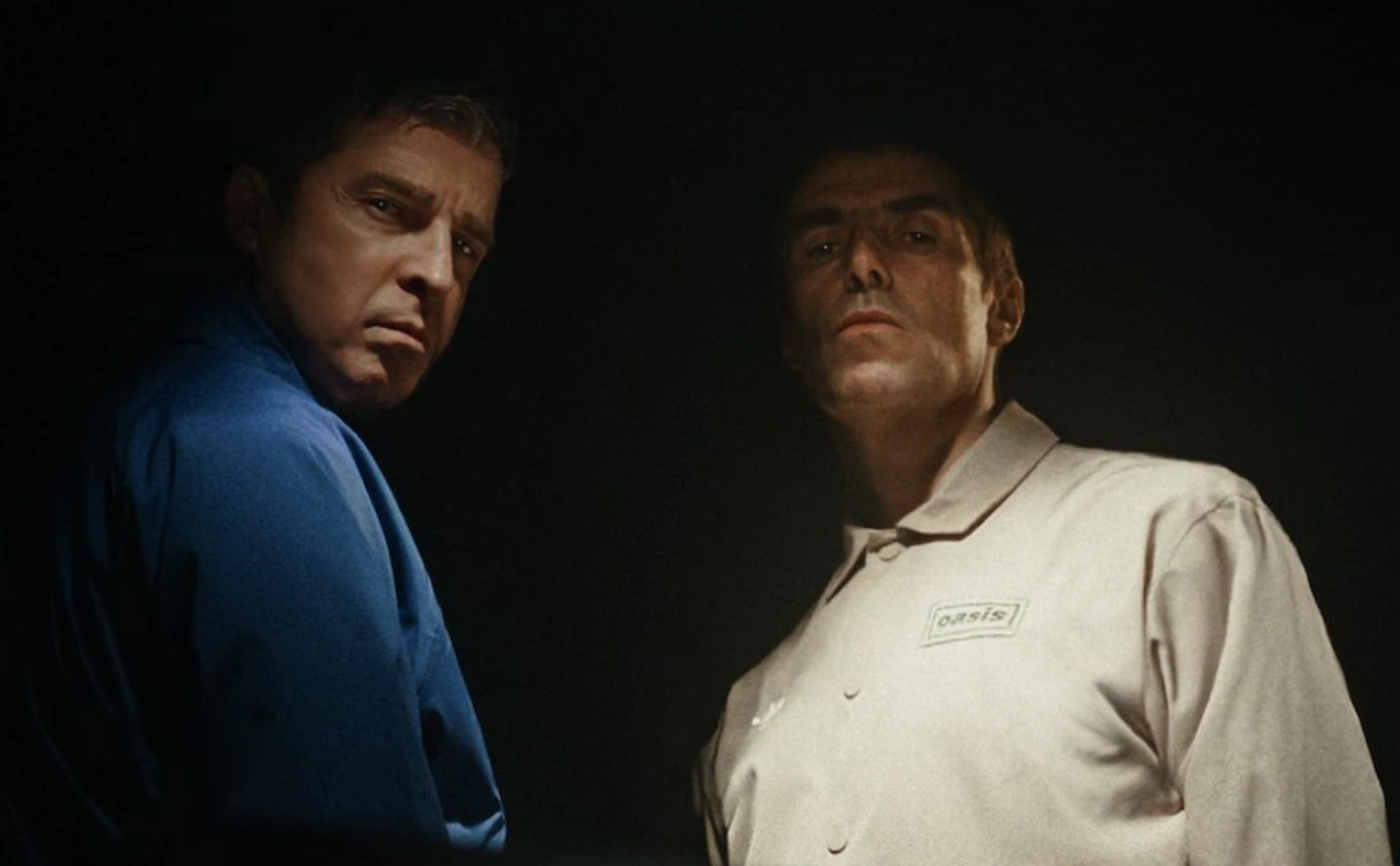



























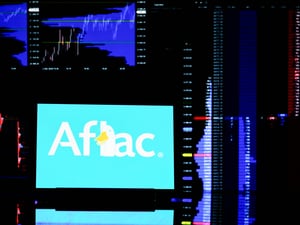








![[Weekly funding roundup June 14-20] VC inflow crashes to second lowest level for the year](https://images.yourstory.com/cs/2/220356402d6d11e9aa979329348d4c3e/WeeklyFundingRoundupNewLogo1-1739546168054.jpg)





